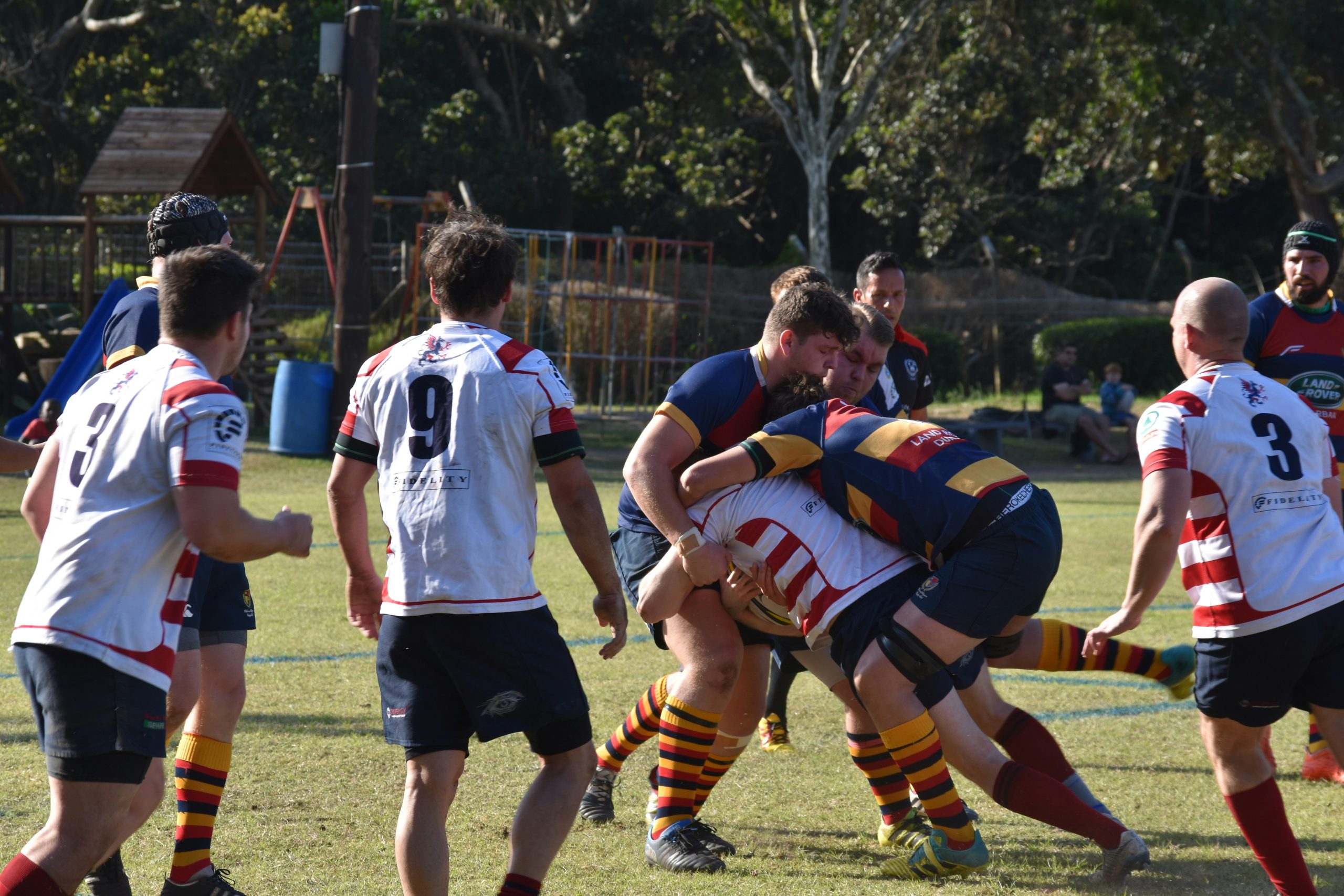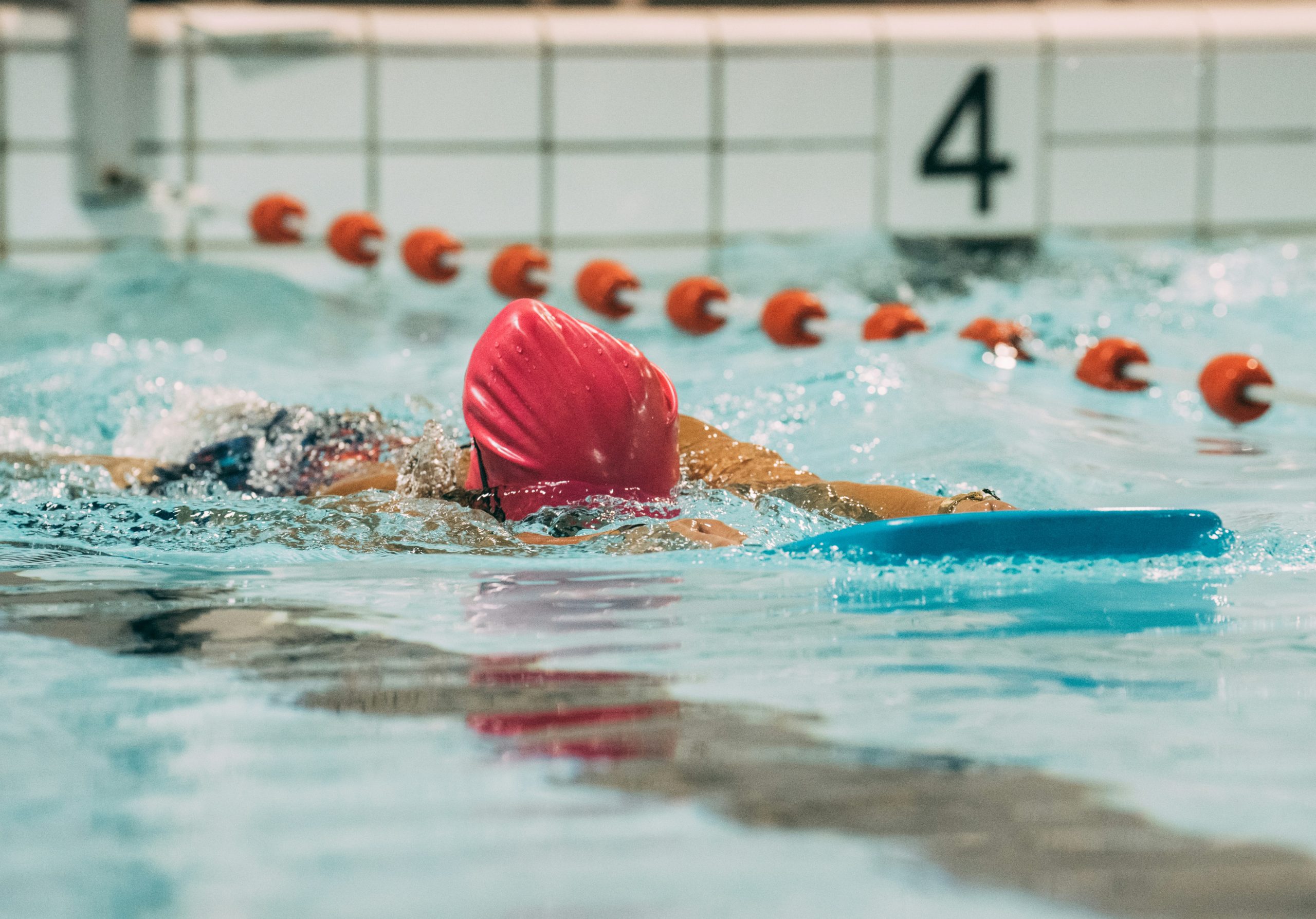
Combating Doping in Sports: Efforts and Challenges
Doping in sports remains a persistent challenge, threatening the integrity of competitions and the health of athletes worldwide. Efforts to combat doping have evolved significantly over the years, driven by advancements in technology, changes in regulations, and collaborative efforts among international organizations, sports federations, and governments. However, numerous challenges continue to complicate the fight against doping, requiring ongoing vigilance and innovation.
Regulatory Framework and Anti-Doping Organizations
The foundation of anti-doping efforts is built upon a robust regulatory framework enforced by organizations such as the World Anti-Doping Agency (WADA) and national anti-doping agencies (NADOs). These bodies establish and enforce the rules that govern anti-doping practices globally.
- World Anti-Doping Agency (WADA): Established in 1999, WADA coordinates and monitors the fight against doping in sports internationally. It publishes the World Anti-Doping Code, which harmonizes anti-doping policies, rules, and regulations across sports and countries.
- National Anti-Doping Agencies (NADOs): Each country typically has its own NADO responsible for implementing anti-doping programs at the national level, conducting testing, education, and enforcement within their jurisdiction.
Technological Advancements in Detection
Advances in technology have greatly enhanced the ability to detect banned substances and methods. Testing methods have become more sophisticated and sensitive, allowing for the detection of substances that were previously undetectable. For example, the use of biological passports and targeted testing has become more prevalent, enabling authorities to monitor an athlete’s biological markers over time for any abnormal changes that may indicate doping.
Professor David Cowan, a leading expert in doping control, emphasizes: “Technology has revolutionized our ability to detect doping substances and methods, but staying ahead of dopers remains a constant challenge.”
Educational Initiatives
Education plays a crucial role in the prevention of doping. Athletes, coaches, and support personnel need to be aware of the risks associated with doping, the importance of clean sport, and the consequences of violating anti-doping regulations.
- WADA’s Outreach Programs: WADA and NADOs conduct outreach programs to educate athletes and support personnel about anti-doping rules, the dangers of doping, and ethical considerations in sports.
- Case Study – Clean Sport Campaign: The Clean Sport campaign by UK Anti-Doping (UKAD) is a comprehensive educational initiative aimed at promoting clean sport values among athletes of all levels. It includes workshops, online courses, and educational materials accessible to athletes and their support teams.
Legal and Ethical Challenges
Combatting doping also faces significant legal and ethical challenges:
- Legal Complexity: Legal issues can arise around due process, privacy rights of athletes, and jurisdictional challenges, particularly in cases involving international athletes or competitions.
- Ethical Considerations: The line between what constitutes fair enhancement and cheating can be blurred. Ethical debates continue on issues such as the use of therapeutic use exemptions (TUEs) and the fairness of testing protocols.
Global Cooperation and Funding
Global cooperation is essential in the fight against doping. Collaborative efforts between governments, sports organizations, law enforcement agencies, and the pharmaceutical industry are crucial for sharing intelligence, harmonizing regulations, and pooling resources.
Dr. Anna Baoutina, a sports governance expert, notes: “Sustained funding and international cooperation are pivotal in ensuring that anti-doping efforts remain effective and adaptable in the face of evolving challenges.”
Conclusion
In conclusion, combating doping in sports requires a multifaceted approach that combines rigorous testing, educational outreach, technological innovation, and global cooperation. While significant progress has been made, the persistence of doping incidents and emerging substances present ongoing challenges. Addressing these challenges demands continuous adaptation of strategies and policies to uphold the integrity and fairness of sports globally.



